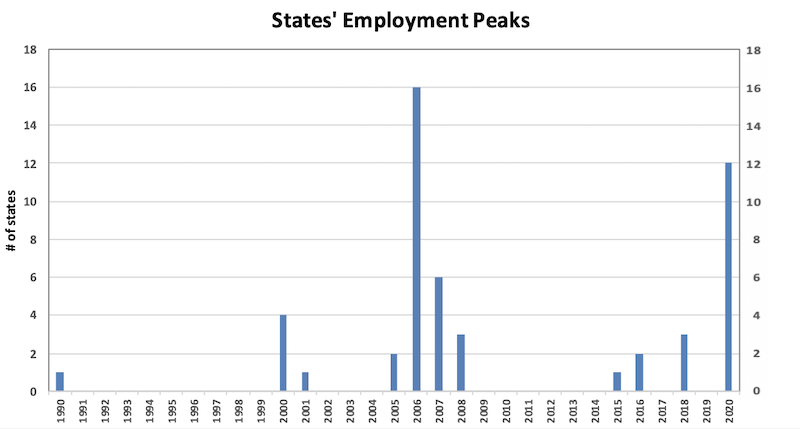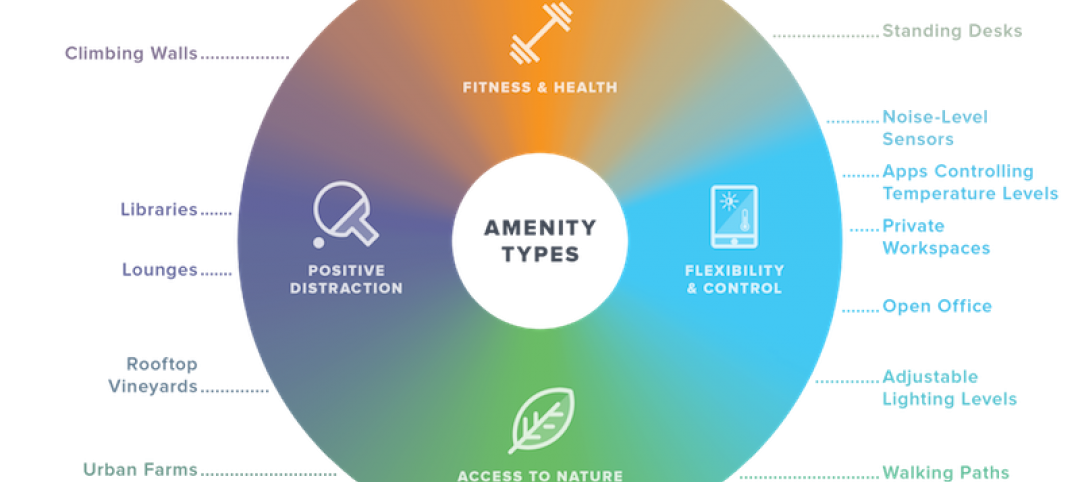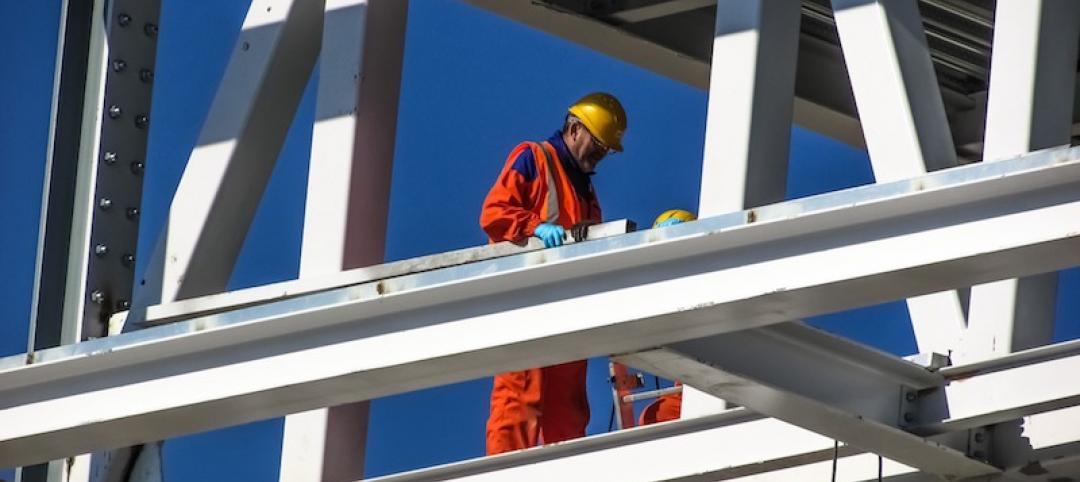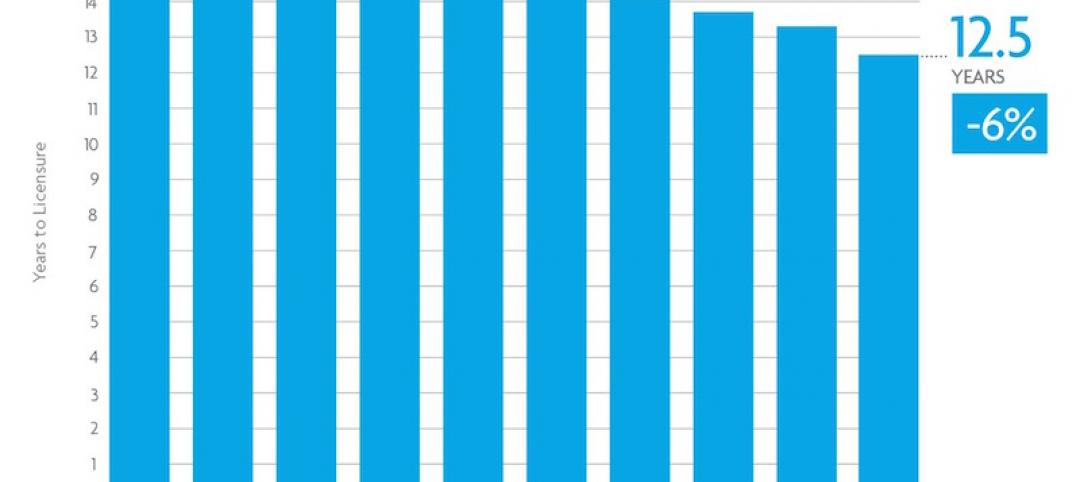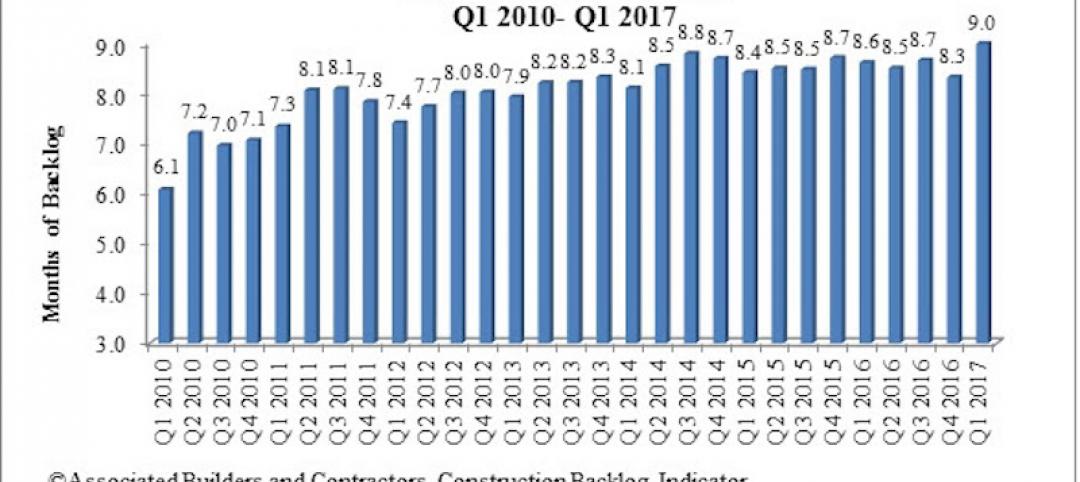Only eight states and the District of Columbia have recouped the severe pandemic-induced losses of construction jobs that occurred last spring, according to an analysis by the Associated General Contractors of America of government employment data released today. Association officials warned that job losses will become even more widespread unless lawmakers promptly renew and expand the loan program that enabled firms to temporarily retain and rehire many workers.
“New spikes in coronavirus cases, along with ongoing pandemic-related costs and revenue losses, are causing ever more private owners, developers, and public agencies to delay and cancel projects,” said Ken Simonson, the association’s chief economist. “Although single-family homebuilding is gathering steam, multifamily and nonresidential construction activity has stalled, leaving large numbers of workers at risk of losing their jobs as current projects finish up with nothing on the horizon.”
Seasonally adjusted construction employment in September was lower than in February—the last month before the pandemic forced many contractors to suspend work—in 42 states, Simonson added. California lost the most construction jobs over that span (-54,900 jobs, -6.1%), followed by Texas (51,800 jobs, -6.5%). Vermont had the largest percentage loss (-24.5%, -3,600 jobs), followed by Iowa (-14.6%, -11,400 jobs).
Of the eight states added construction jobs from February to September, Virginia added the most (4,300 jobs, 2.1%), followed by Utah (3,800 jobs, 3.3%). South Dakota posted the largest percentage gain (9.4%, 2,300 jobs), followed by Utah.
Construction employment decreased from August to September in 17 states, increased in 32 states, and was unchanged in Arkansas and D.C. Illinois shed the most construction jobs from August to September (-3,000 jobs or -1.4%), followed by Oregon (-2,600 jobs, -2.4%) and Iowa (-2,500 jobs, -3.6%). Iowa had the largest percentage decrease, followed by Oregon and New Mexico (-2.0%, -1,000 jobs).
New York added the most construction jobs over the month (5,300 jobs, 1.5%), followed by Louisiana (5,000 jobs, 4.1%) and Washington (4,200 jobs, 2.0%). Vermont had the largest percentage gain for the month (500 jobs, 4.7%), followed by Louisiana and New Hampshire (800 jobs, 3.0%).
Association officials warned that project cancellations are on the rise as new outbreaks of coronavirus across many states force many private owners and public officials to postpone or cancel planned starts. Association officials noted that the rapid adoption of Paycheck Protection Program loans last spring had enabled construction to bounce back quickly from the first round of project shutdowns and delays, and they urged lawmakers in Washington to act swiftly to extend and expand the program.
“The loans that were issued last spring saved tens of thousands of construction workers from unemployment but those funds are rapidly running out,” said Stephen E. Sandherr, the association’s chief executive officer. “Renewal of the loan program should be a top priority for any policy maker who cares about keeping the economy from backsliding.”
View state employment February-September data and rankings; August-September rankings; Highs and Lows.
Related Stories
Market Data | Aug 2, 2017
Nonresidential Construction Spending falls in June, driven by public sector
June’s weak construction spending report can be largely attributed to the public sector.
Market Data | Jul 31, 2017
U.S. economic growth accelerates in second quarter; Nonresidential fixed investment maintains momentum
Nonresidential fixed investment, a category of GDP embodying nonresidential construction activity, expanded at a 5.2% seasonally adjusted annual rate.
Multifamily Housing | Jul 27, 2017
Apartment market index: Business conditions soften, but still solid
Despite some softness at the high end of the apartment market, demand for apartments will continue to be substantial for years to come, according to the National Multifamily Housing Council.
Market Data | Jul 25, 2017
What's your employer value proposition?
Hiring and retaining talent is one of the top challenges faced by most professional services firms.
Market Data | Jul 25, 2017
Moderating economic growth triggers construction forecast downgrade for 2017 and 2018
Prospects for the construction industry have weakened with developments over the first half of the year.
Industry Research | Jul 6, 2017
The four types of strategic real estate amenities
From swimming pools to pirate ships, amenities (even crazy ones) aren’t just perks, but assets to enhance performance.
Market Data | Jun 29, 2017
Silicon Valley, Long Island among the priciest places for office fitouts
Coming out on top as the most expensive market to build out an office is Silicon Valley, Calif., with an out-of-pocket cost of $199.22.
Market Data | Jun 26, 2017
Construction disputes were slightly less contentious last year
But poorly written and administered contracts are still problems, says latest Arcadis report.
Industry Research | Jun 26, 2017
Time to earn an architecture license continues to drop
This trend is driven by candidates completing the experience and examination programs concurrently and more quickly.
Industry Research | Jun 22, 2017
ABC's Construction Backlog Indicator rebounds in 2017
The first quarter showed gains in all categories.


